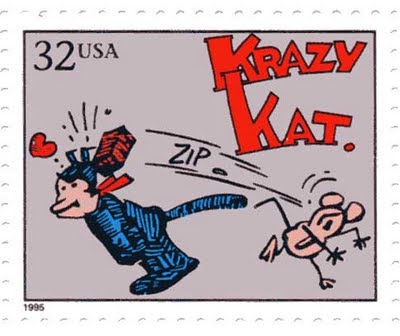Surprise of all surprises. A recent PwC research release “shows a deep correlation between innovation and breakthrough growth for all businesses.”(1) The study compared responses from businesses in the top 20% and bottom 20%. Overall, those organizations that are fully engaged in innovation are leaders in their business sectors. 93% of the respondents acknowledged innovation would be the key to their future growth. The findings of this global research endorse countless studies, classroom lectures, and C-suite retreats. Yet, the majority of organizations recognize the value and need for innovation but do not execute purposefully or masterfully.
The PwC research notes 67% of the top business understand the importance of innovation; 32% innovate with purpose. 20% of those organizations lack a strategy when implementing innovative ideas and 20% do not manage innovation projects as core business operations. The responses for business entities at the other end of the spectrum are far worse.

Krazy Cat and Ignatz was a cartoon I grew up with. Ignatz would throw a rock at Krazy Cat when he was frustrated. All the while each blow resulted in Krazy Cat falling more in love with her mouse (Totally not politically correct and a possible reason for spousal
Operational innovation requires thought, purpose, commitment, and dedicated resources. There are some who believe that innovation must be taken outside the traditional business operation to thrive. The weight of day to day operations coupled with organizational structure are perceived as impediments to innovative thought. There is some credibility to this belief. Working with an integrated health system, there was one division that was the “innovation” arm of the organization. Colleagues would say that this division didn’t have to work under the same rules as they did. Their leadership was unique. In defiance of traditional leadership, the CEO of this division would come to work each daily in a Polo or open collar shirt while his counterparts were in suits or scrubs. abuse). PwC’s research is excellent; but I have a desire to hurl a rock at organizational leadership. Innovation is a necessary element of core business operations.
Innovation was the core business for the division. It was part of the DNA of each member of the staff.
The success of this division made others pale. The unwritten rule within the larger organization was to launch a new project or product successfully, the blessing and/or leadership for the new endeavor must stem from the innovation division.
Where is Ignatz’s rock when you need it most!
The result was the innovation division’s leadership was approached to assume leadership of the entire organization. This was going to be the key to success for the organization. All the other leadership in the organization had grown weary of fighting an uphill battle — the weight of working within boundaries and lacking the resources and senior support for innovative thought was too great and eventually broke them.
The PwC research offers a bullet list of essential elements for innovative thought and growth. Countless managers, senior leaders, and C-Suite individuals will download the study, feel empowered, and then file it away under “good ideas.” Perhaps Krazy Cat is not that outdated. We all need a symbolic clump on the head that results in clarity. Innovation is a core business operation, required growth strategy, and skill set that should be incorporated into each and every job description within the organization.
(1) © 2013 PwC. All rights reserved. PwC refers to the PwC network and/or one or more of its member firms, each of which is a separate legal entity.
Leave a Reply